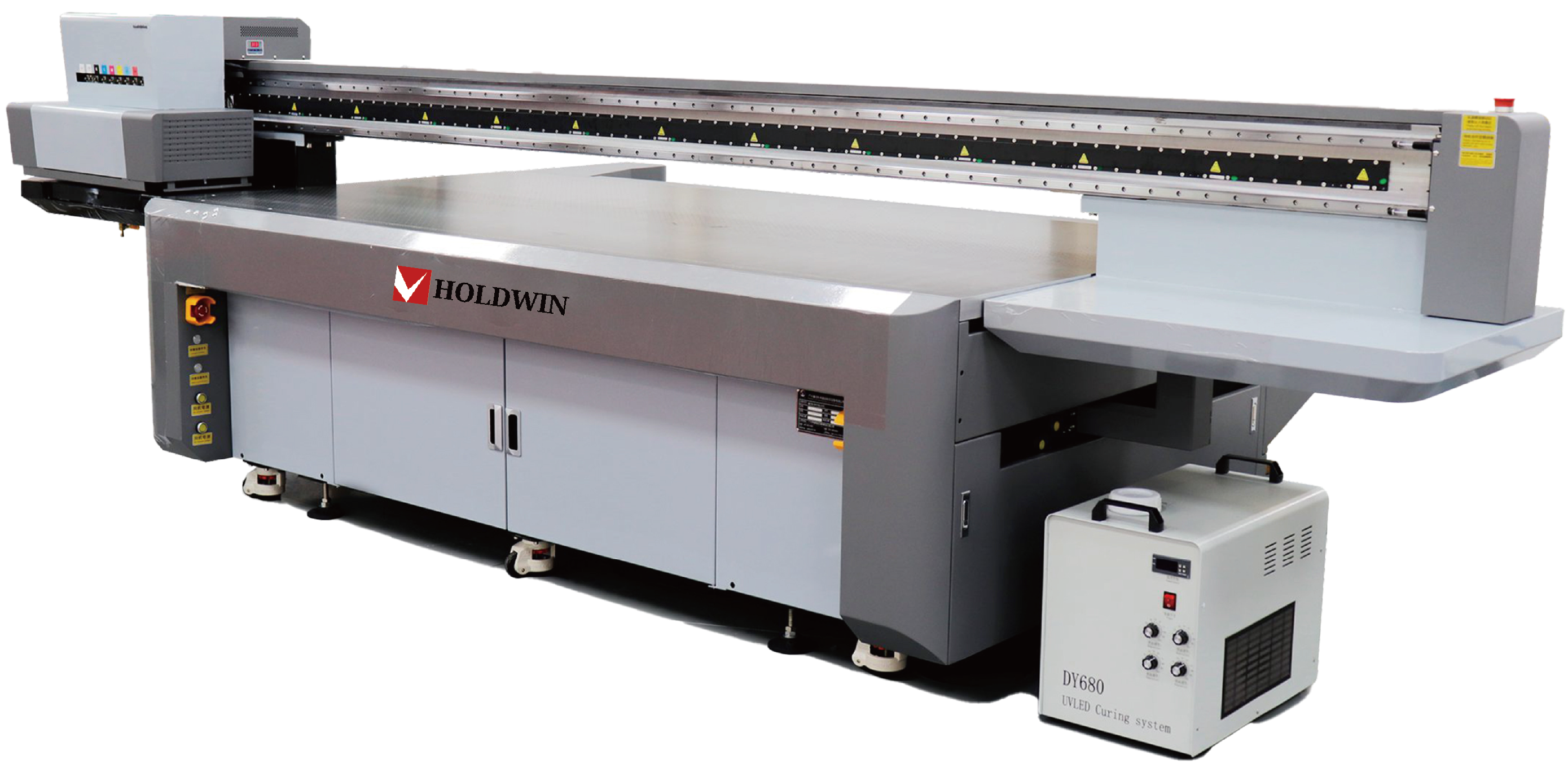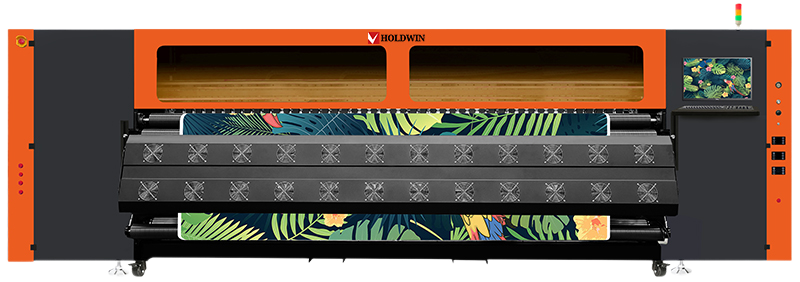
Digital printing has revolutionized the textile industry, offering significant advantages in terms of efficiency, quality, and customization. As more manufacturers look to stay competitive in an increasingly globalized market, adopting advanced digital printing technologies has become essential. In this article, we will explore how digital printing can improve production efficiency and product quality, with a particular focus on the latest innovations in the field.
The textile industry has undergone remarkable transformation with the integration of digital printing technologies. Digital printing not only simplifies the production process but also opens up new possibilities for personalization and rapid prototyping. This shift is driven by several factors, including consumer demand for faster turnaround times, higher quality products, and greater customization.
For textile manufacturers, digital printing offers a streamlined alternative to traditional methods such as screen printing and rotary printing. Unlike conventional processes, digital printing does not require creating physical screens or stencils, which reduces setup time and costs. Additionally, digital printing offers more precise color control, allowing for vibrant and consistent prints across a wide range of textile materials.
At HOLDWIN, we are committed to leveraging the latest in digital printing technologies to provide high-quality, customized solutions for our clients worldwide. In this article, we will discuss key strategies for improving production efficiency and product quality with digital printing, focusing on the technologies that are shaping the future of textile printing.
One of the most significant advantages of digital printing is its ability to drastically reduce turnaround times. In traditional printing methods, creating screens or plates and preparing the machinery can be a time-consuming process, especially for complex designs or small production runs. Digital printers, on the other hand, work directly from digital files, eliminating the need for physical preparation and reducing the time required to set up each print job.
This faster setup allows manufacturers to respond quickly to market demands, producing short runs or even one-off custom designs without the long lead times typically associated with traditional printing methods. As a result, digital printing is especially valuable for businesses that need to meet tight deadlines or manage a wide variety of small orders.

Traditional textile printing methods, such as screen printing, often result in significant waste, both in terms of materials and time. In screen printing, each color requires a separate screen, leading to the use of large quantities of ink and fabric to ensure consistent results. Additionally, cleaning and resetting equipment between different runs can lead to downtime, further reducing overall efficiency.
In contrast, digital printing only uses the exact amount of ink required for each print, significantly reducing waste. This precise application not only minimizes ink consumption but also lowers the environmental impact of the printing process. Furthermore, digital printing reduces the need for excess fabric, as designs can be printed directly onto the material without the need for pre-treatment or post-treatment processes.
At HOLDWIN, we emphasize environmentally sustainable practices in our digital printing solutions, which align with the growing demand for eco-friendly manufacturing processes in the textile industry.
Digital printing technologies, such as UV printing, sublimation transfer, and DTF (direct-to-film), are known for their ability to produce highly detailed designs with consistent color accuracy. These technologies allow manufacturers to achieve precise color matching, even when printing complex or intricate patterns. This level of precision is especially valuable in applications like fashion design and customized textiles, where color accuracy and design fidelity are paramount.
For example, UV DTF printing allows for high-quality, vibrant prints on a wide variety of textiles, from cotton to polyester, with consistent results across different fabric types. The ink used in these printers bonds with the fibers, resulting in durable, long-lasting prints that maintain their vibrancy even after repeated washing.
Another key advantage of digital printing is its versatility across various textile materials. Unlike traditional printing methods, which may require specialized equipment or processes for different fabrics, digital printing can be applied to a wide range of materials, including cotton, polyester, silk, and even synthetics like nylon and spandex. This flexibility enables manufacturers to expand their product offerings and serve a broader range of customer needs.
For instance, sublimation transfer printing is commonly used for polyester fabrics, while UV DTF printing can handle a variety of materials, from soft textiles to rigid surfaces. The ability to print on such diverse materials without changing equipment or setup makes digital printing an efficient choice for manufacturers looking to streamline their operations and expand their product range.
As digital printing continues to evolve, the integration of automation and artificial intelligence (AI) technologies is further enhancing its capabilities. Automated systems can optimize the printing process, from material handling to color management, reducing the need for manual intervention and minimizing human error.
AI-powered software can also help improve color consistency, predict maintenance needs, and optimize production schedules. By using AI to analyze print quality in real-time, manufacturers can ensure that each print job meets the highest standards without requiring extensive human oversight.
At HOLDWIN, we continually invest in cutting-edge technologies that enable us to deliver innovative and high-quality solutions to our customers. Our commitment to rapid product development and personalized customer solutions ensures that we stay at the forefront of the digital printing industry.

Digital printing is transforming the textile manufacturing industry by improving production efficiency and product quality. With faster turnaround times, reduced waste, and the ability to produce highly detailed and consistent prints, manufacturers can meet the growing demand for customization and high-quality products. Furthermore, the versatility of digital printing technologies allows businesses to expand their offerings and adapt to a wide range of materials and design needs.
At HOLDWIN, we are proud to be at the forefront of digital printing innovation. Our commitment to delivering rapid product development and personalized solutions enables us to serve the global textile market effectively. As the digital printing industry continues to evolve, we remain dedicated to providing our clients with cutting-edge technologies that drive both efficiency and excellence.
Customer Review: “We’ve been using HOLDWIN’s digital printing solutions for several months, and the results have been outstanding. The level of precision and color consistency is unmatched, and we’ve been able to significantly reduce our production times. The personalized support and fast product development have been crucial to our business’s success. Highly recommend!”
References:

Zhiyu is passionate about good products, good services, and good prices to let consumers know that choosing us is the right choice! For partners and end customers, we will provide one-on-one considerate smart services and provide you with more high-quality procurement solutions.